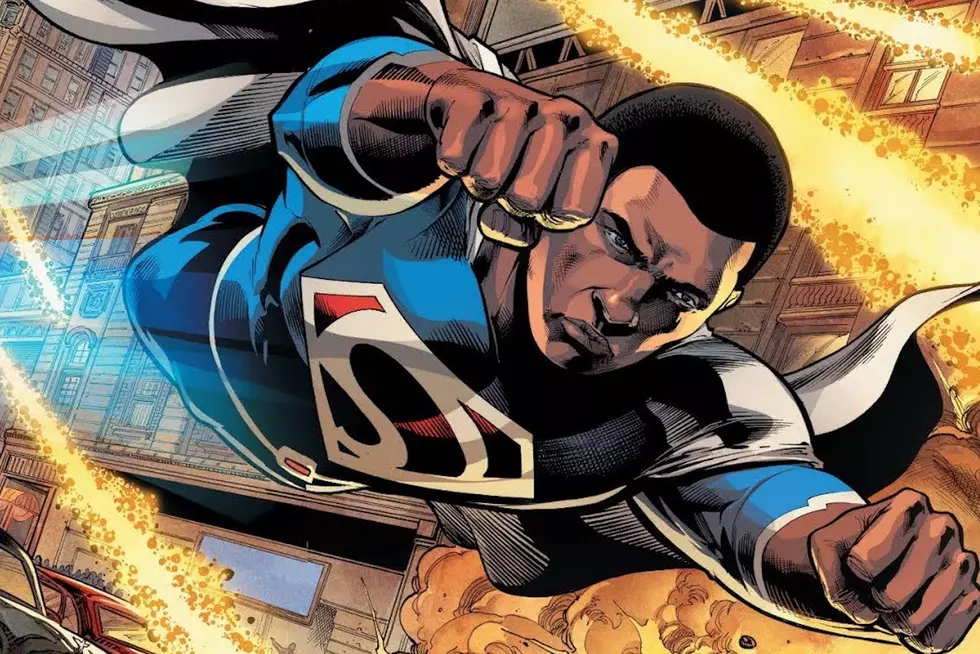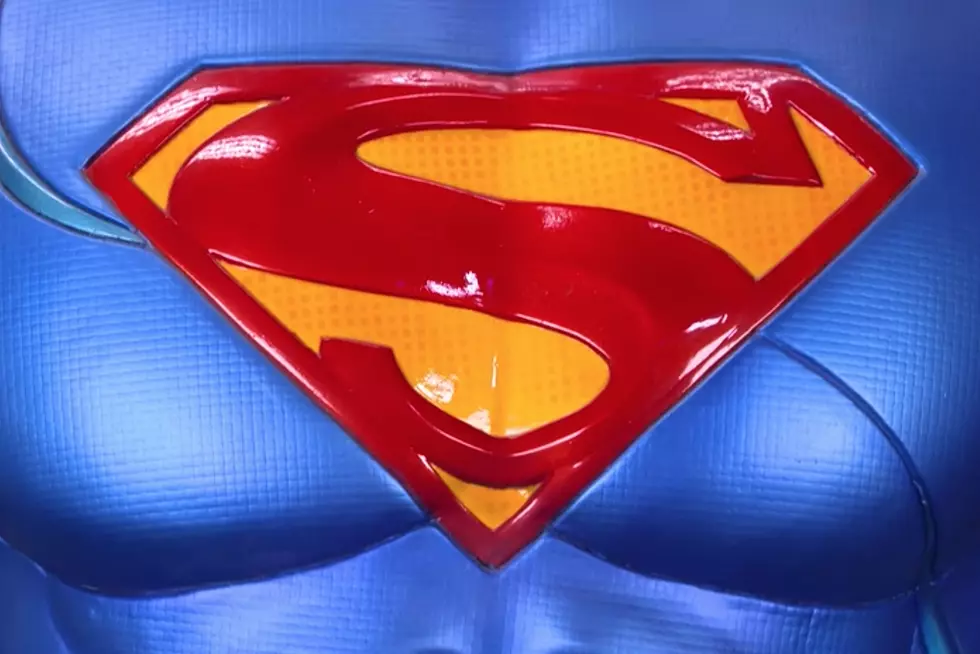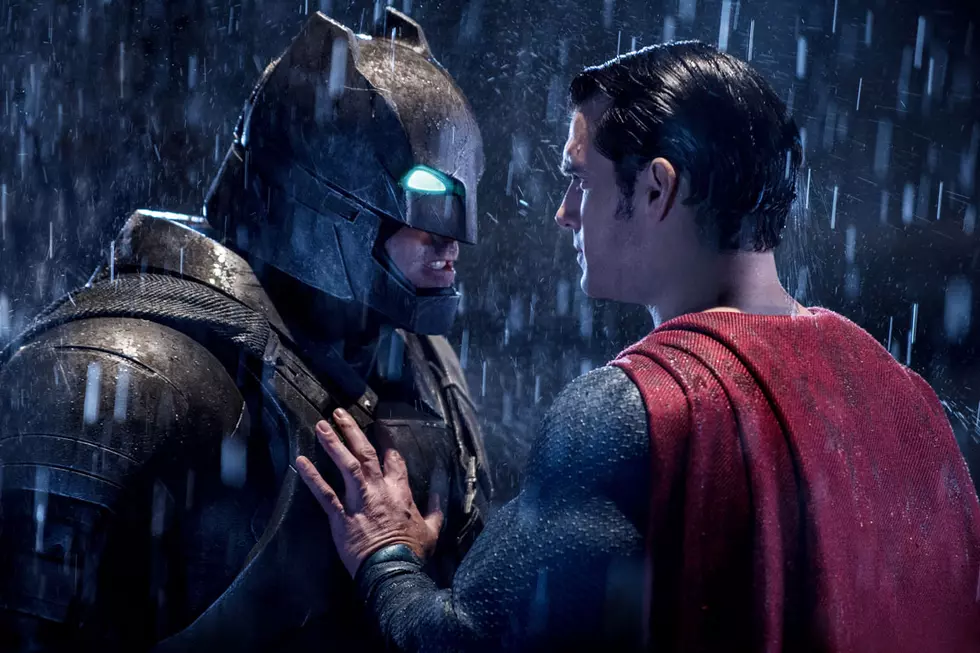![The Case For Queer Superboy [Pride Week]](http://townsquare.media/site/622/files/2016/06/PrideWeek-JonKent.jpg?w=630&h=420&zc=1&s=0&a=t&q=89&w=980&q=75)
The Case For Queer Superboy [Pride Week]
In his widely-criticized and later thoroughly-debunked book Seduction of the Innocent, psychiatrist Fredric Wertham argued that exposure to violence, sex, and other adult themes in comic book pushed kids towards delinquency.
His argument grew so popular that it was cited in a U.S. Congressional inquiry and helped inspire the Comics Code Authority — an agreement by comics publishers to self-regulate their content as a means to avoid government regulation. Lasting from 1954 to 2011, the CCA prohibited graphic violence, hidden weapons, unpunished criminal activity, and excessive use of slang. Some rules also disallowed “illicit sex relations,” “sexual abnormalities,” “sex perversion,” and romance that didn’t emphasize the sanctity of marriage.
Publishers and writers alike interpreted those rules to mean that they should exclude LGBTQ characters. It’s not a difficult stretch to make, as Wertham himself treated homosexuality as deviant, and condemned Batman and Robin for the supposed gay subtext between them.
One of the (many) consequences of the CCA and Wertham’s ideology is the reenforcement that queer characters are somehow “adult” and “inappropriate” by default. “What about the children?!” bigoted pearl-clutchers ask.
Yes, what about the children — namely, the queer ones? Do they not deserve the representation --- something curative in the face of adversity --- that their straight and cis peers get every day on TV, film, and comics?
A great many (though not all) LGBTQ people realize that they’re queer at a young age. Maybe it’s through childhood crushes on fictional characters or an intrinsic knowing that they’re not the gender they’ve been assigned. Many who discover their identities later in life wish they had the language and representation to understand themselves at an earlier age.
Media needs more representation of young LGBTQ kids — Lumberjanes and Steven Universe and Boy in Pink Earmuffs can’t carry that burden alone. That’s why I argue that Jonathan Samuel Kent, current Superboy and ten-year-old child to Lois Lane and Clark Kent, should be queer.
He’s a new character who hasn’t had a chance to establish his sexuality, and he still has plenty of time to explore gender identity. To everyone who yells “just make a new character!” at those who suggest a bisexual Aquaman or trans Captain America, well, here’s Jonathan.
He’s only had speaking lines in about a dozen comic issues since his debut in May 2015. His personality has been barely developed beyond “child from a black-and-white 1960’s family sitcom.” He likes action figures and cooking and the news. We don’t really know the character, but we’re poised to learn more about him in the upcoming Super Sons series, where he’s paired as frenemies with Damian Wayne.
Unlike Aqualad’s coming out scene in DC Rebirth #1, Jonathan could come out in a context of love and support and not phobia. Neither Clark Kent nor Lois Lane would reject their son like Aqualad’s mother did hers. With Clark and Lois as his parents, Jonathan might not even need to come out to them in a formal sense, as “coming out” is only a response to an expectation that you already are cisgender and straight. If Superman really is the LGBTQ ally that DC promotes him to be, he won’t go about making normative assumptions about his child.
The Superman mythos is one more grounded in kindness and love and lightness than those of other superheroes — or, at least, it often can be. Many Superman stories have emphasized Clark’s softness and compassion; his romance with Lois often further illuminates his kinder side. The recent Supergirl television show went to incredible lengths to emphasize the same in Kara.
The uneven distribution of queer characters towards “mature” and adult-focused content is what makes Bury Your Gays lists so monstrous — you can torture and kill your queer characters all you want in your brutal prison dramas, irradiated Earths, and zombie apocalypses, but we must apparently deprive them of anything more than an ambiguous three seconds in an all-ages Disney-Pixar film.
And the Superman mythos needs queer characters as much as queer characters need the Superman mythos. It’s great that Maggie Sawyer has made the move to Metropolis, but the LGBTQ community deserves high-profile heroes who can lead stories, fly, and deflect bullets. Rebirth’s Superfamily is expanding to support six heroes — Superman, Lex Luthor Superman, Kenan Kong Superman, Superwoman, Supergirl, and Superboy — what’s the benefit in having all of them be cisgender and straight? (Especially if Apollo’s missing from DC’s current slate.) Must the Supermythos really recreate the matryoshka doll approach to legacy characters that’s so common elsewhere?
Let’s have a genderfluid Superboy. A bisexual Superboy. A trans Superboy. A gay Superboy. DC, apportion Rebirth’s stated focus on hope and optimism and translate it to the communities and age demographics who need it most.
More From ComicsAlliance









